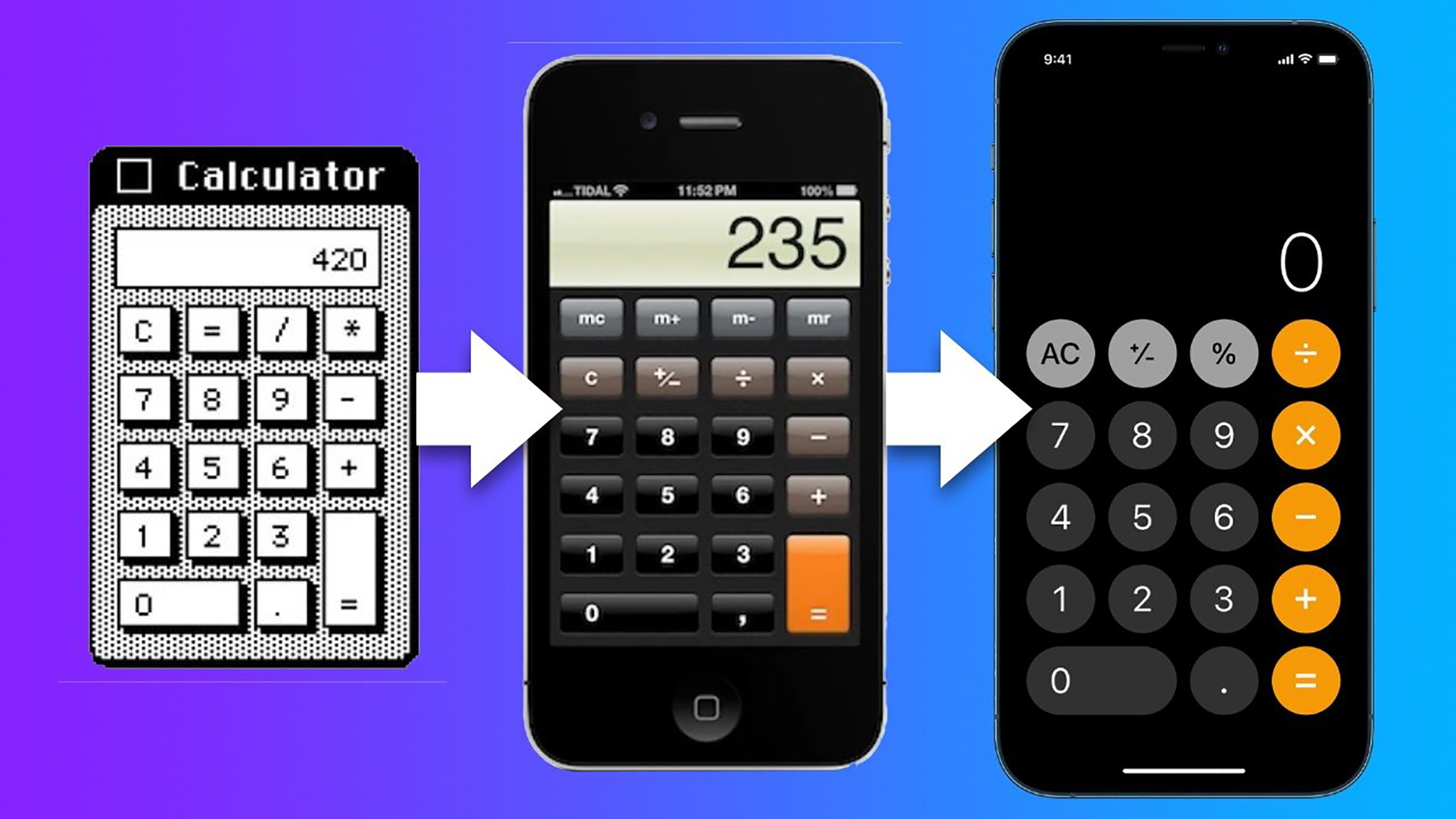Skeuomorphism in Technology: Why it’s everywhere

Skeuomorphism in Technology: Why it’s everywhere
April 14, 2023
Most of the population, even those who spend much of their day on a computer or mobile phone, are unfamiliar with the term skeuomorphism. Even though it is a difficult word to pronounce, skeuomorphs are present everywhere, especially in technology.
Despite the ever-evolving world of technology, some aspects of technology remain almost unchanged. Truth be told, there still seems to be a comforting familiarity in skeuomorphism, fuelled by the nostalgia of how the world was before the emergence of technology.
After all, what is skeuomorphism?
First used in 1889, the term skeuomorphism is derived from the Greek words “skeuos” (tool) and “morfe” (form). The term consists of the design principle in which forms’ suggestions are taken from the physical world, namely inspired by the original objects.
In the field of technology, it is often used in operating system interfaces, where much of the design aims to resemble the real world, trying to be as faithful as possible to its analogue version through shape, colour, texture, dimension, shadow, light, but above all, use. An example of this is the use of folder images to represent computer filing systems.
The main idea is to integrate old and familiar ideas into new technologies, even if they no longer play a functional role in our lives. The aim is to make computers and mobile phones more familiar and intuitive in the eyes of users through a direct association with the physical world.
How skeuomorphism was born in technology
The computer universe in the 1980s paved the way for a new world of skeuomorphs. The purpose? To make operating systems, hitherto regarded with some apprehension, more friendly in the eyes of the user by creating an intuitive link with the past.
Steve Jobs, founder of Apple and pioneer of the microcomputer revolution in the 1970s and 1980s, was the one who paved the way for the integration of skeuomorphism into technology. Jobs believed that equipment should be so simple to use that an inexperienced user could easily master it based on instinct alone.
When the use of smartphones became widespread with the launch of the first iPhone in 2007, skeuomorphism returned in force to make our adaptation to the new technology easier and more intuitive. Steve Jobs not only reinvented the world of mobile phones, but he also revolutionised digital design.
However, as the years passed and new technologies became more familiar, the technological elements gained a minimalist design and lost the imitation of the three-dimensional shapes of real objects. This transformation was especially noticeable in 2013 with the transition from iOS6, full of textures and shapes, to iOS 7, a much simpler and flat Apple design.
Where can we find skeuomorphs?
Skeuomorphism played an important role in the success of smartphones. An innovation for the time, the use of skeuomorphs made the new apps easier to use by recalling their analogue versions.
Icons on mobile phones and computers are the best examples of skeuomorphism that we might encounter in our everyday lives. If we focus on a computer screen, what do we see? If we want to delete a file, we immediately realise that we must drag it to the trash icon, a representation of a real-life bin. If our desire is to archive a file, we place the files in folders like the physical folders we use.
The arrival of email left envelopes behind, but email has forever remained associated with an envelope. Similarly, the classic phone icon represents the functionality of making a call, while the shopping cart icon represents the purchases we now make online.
The same happens with the button to save a file. It is not hard to see that many interfaces use the floppy disk icon, popular in the 1990s, as a visual representation of the save action.
How skeuomorphism lives on
Over time, skeuomorphism has ceased to make much sense to new generations, many of whom have never even known the elements used to represent certain actions. However, although the visual side of skeuomorphism seems to have ceased to make sense in our daily lives, it will live on in our lives.
In fact, if we stop to think about it, features like Siri or Alexa are a new form of skeuomorphism by simulating the experience of interacting with a human being through a voice assistant. As the name implies, skeuomorphism has become a different tool with the same form, and it will continue to do so.